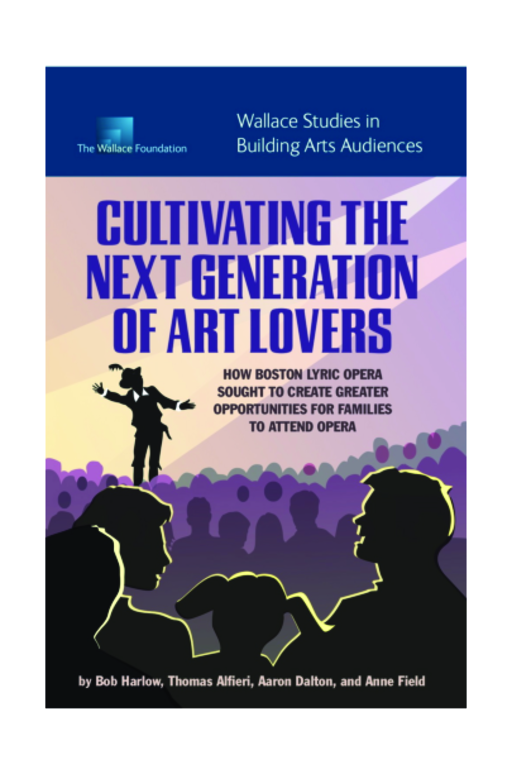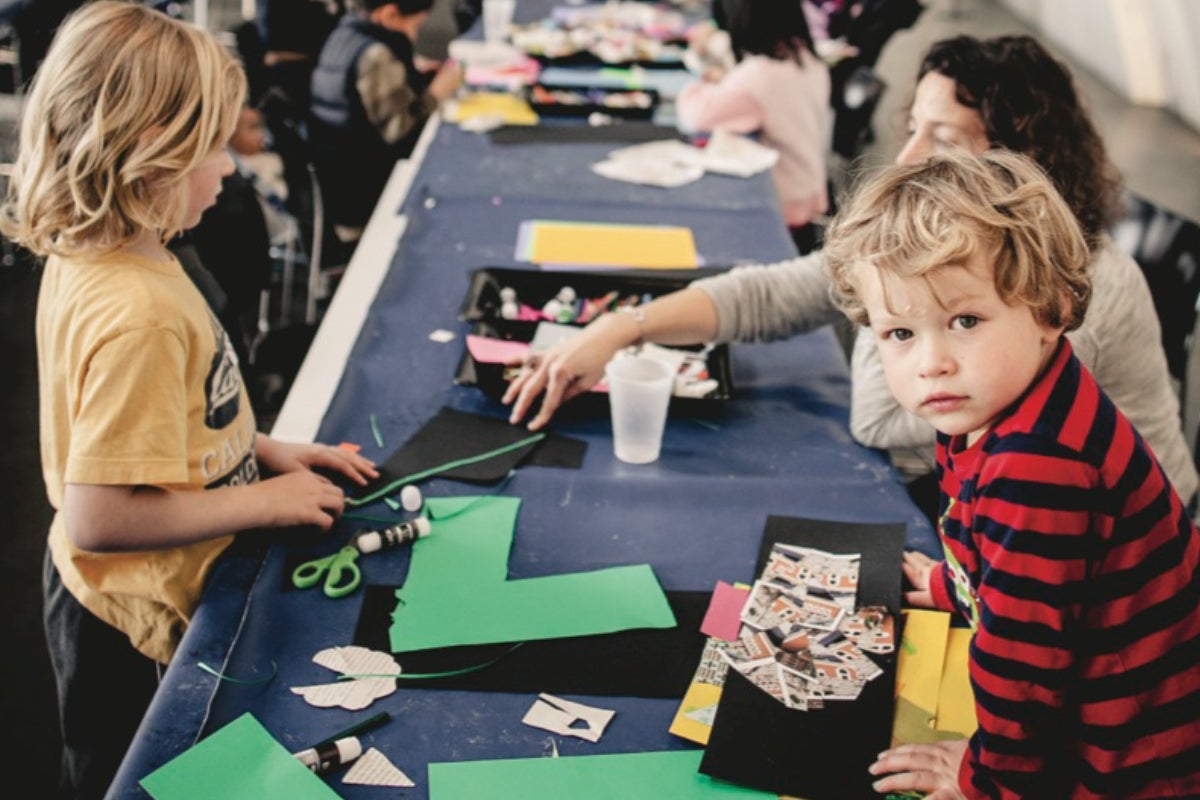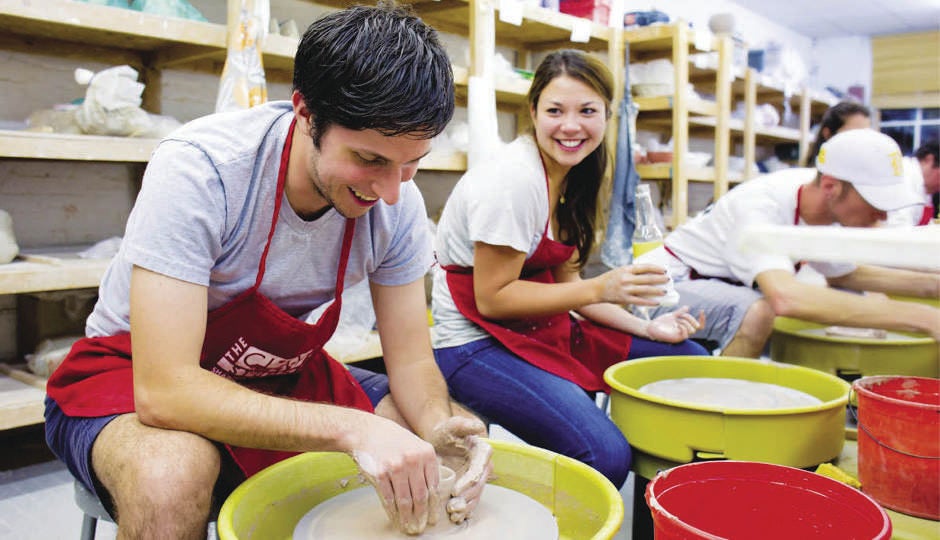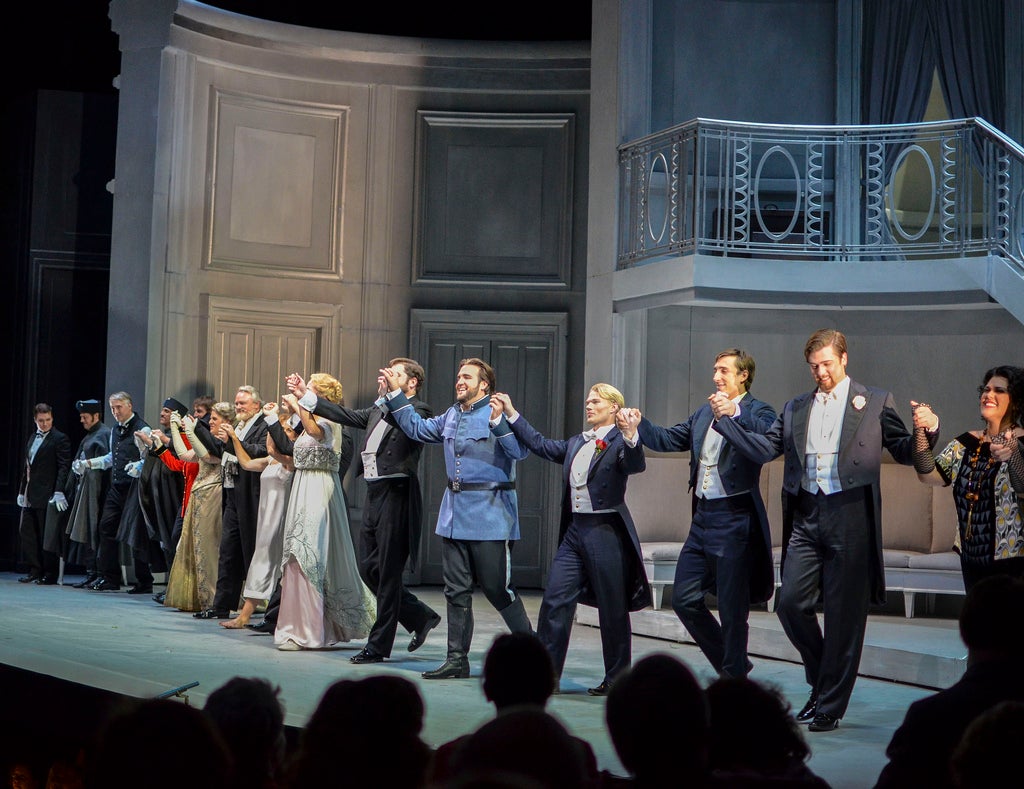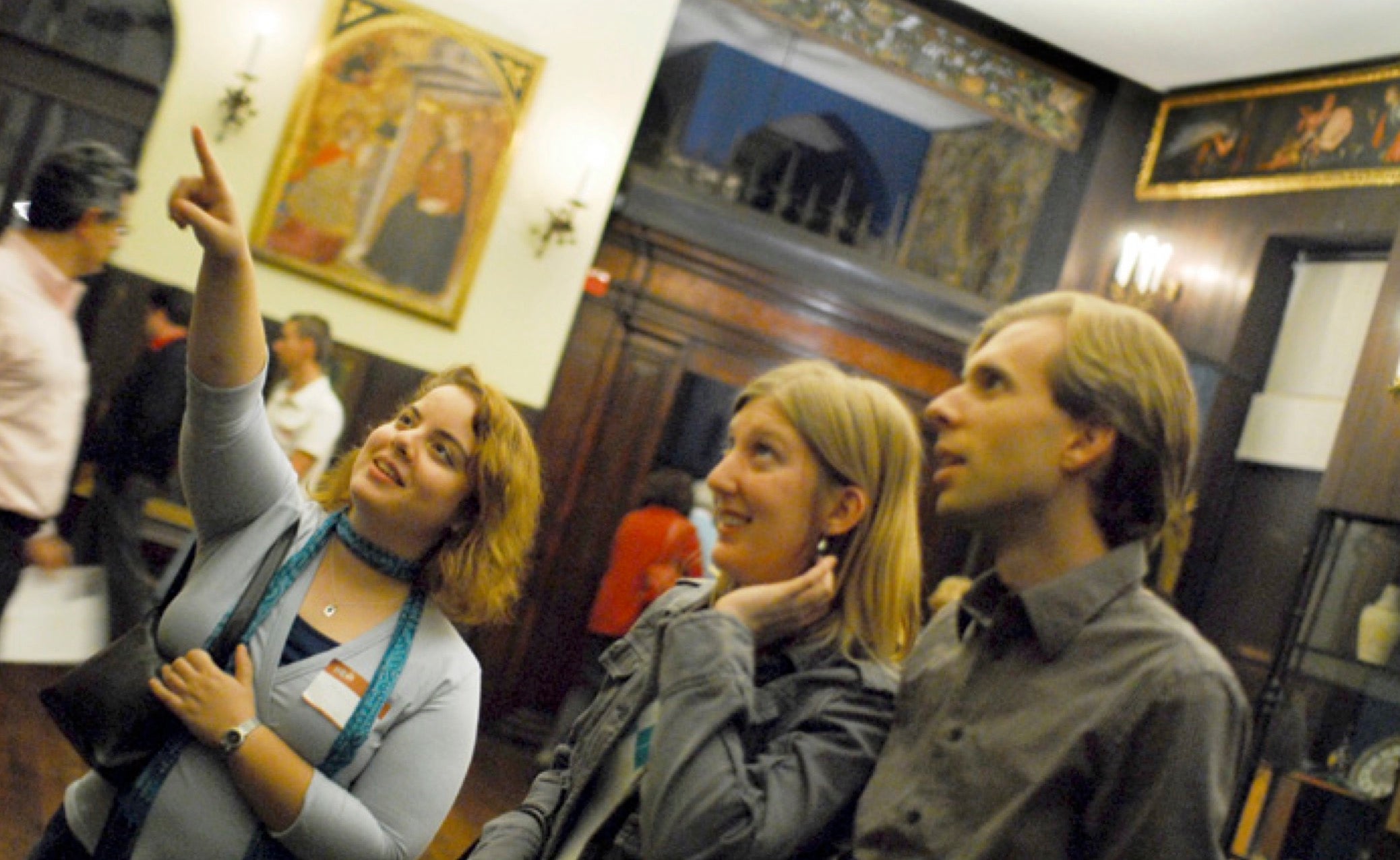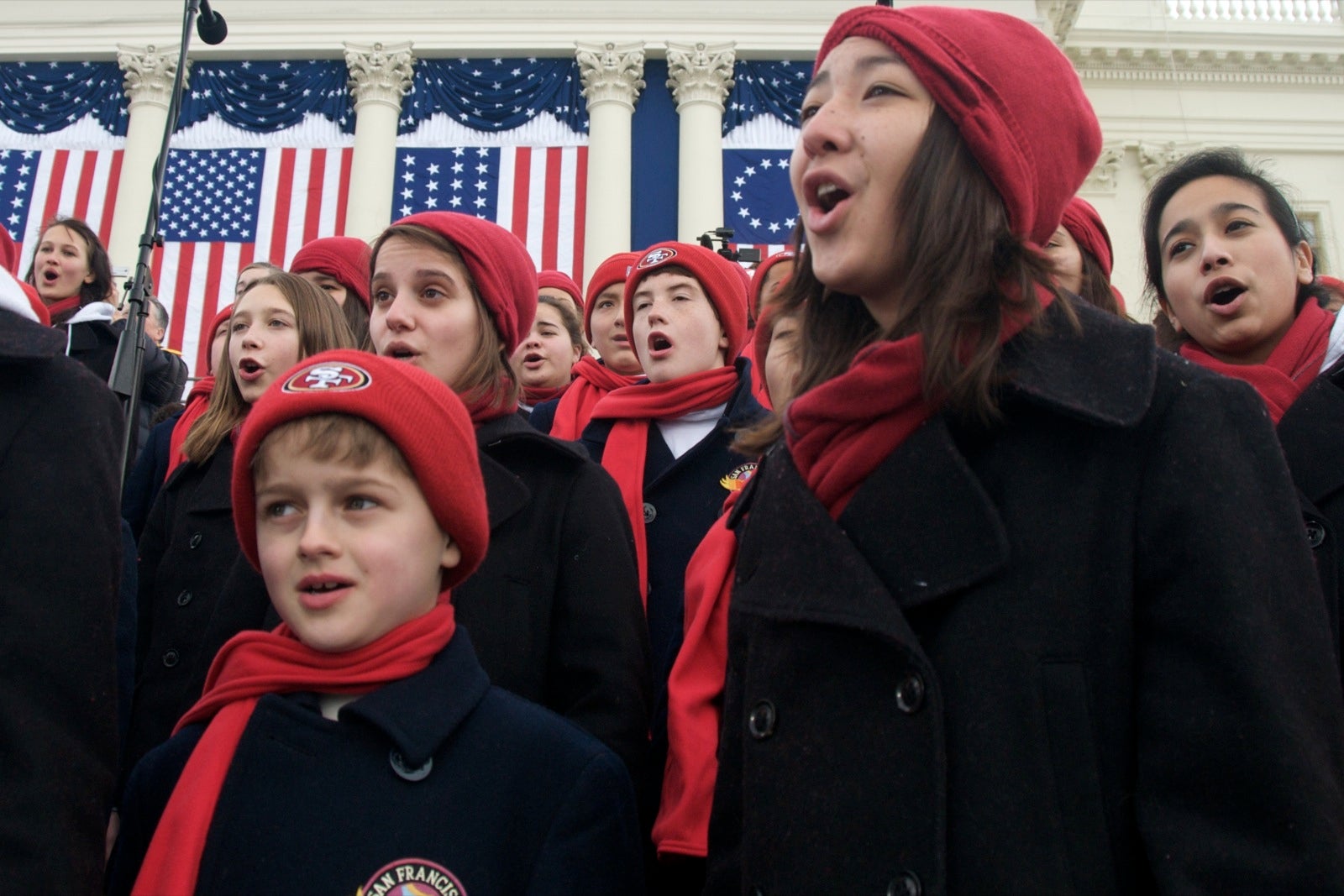Breadcrumb
- Wallace
- Reports
- Cultivating The Next Generation ...
Cultivating the Next Generation of Arts Lovers
How Boston Lyric Opera Sought to Create Greater Opportunities for Families to Attend Opera

- Author(s)
- Bob Harlow, Thomas Alfieri, Aaron Dalton, and Anne Field
- Publisher(s)
- Bob Harlow Research and Consulting, LLC
Summary
How we did this
This case study examines Boston Lyric Opera’s efforts to attract young professionals to its workshops and exhibits. It is the product of multiple interviews with key staff and analysis of program elements, budgets, and planning documents.
How can opera companies reverse current bleak trends in participation and develop future audiences? This case study describes how the Boston Lyric Opera (BLO) tried to address that problem by reaching out to children through special, high-quality productions featuring the full razzle-dazzle of opera.
The article is part of a set of case studies and reports looking at the efforts of arts organizations that received Wallace Excellence Awards to reach new audiences and deepen relationships with current ones. The pieces examine projects at 10 of the 54 organizations that received WEA grants between 2006 and 2014.
Appealing to a New Generation
Opera attracts the lowest attendance level for any arts activity. Facing a grim future, BLO created a strategy to build a new generation of opera enthusiasts. To that end, it aimed to:
- Provide children with their first experience of opera
- Create opportunities for their busy parents to attend performances
To achieve those goals, BLO staff focused on two efforts:
1. Family productions. That involved turning its abridged operas, used in school programs, into high-quality family productions presented in different neighborhoods in the Greater Boston area.
2. Smaller workshops. BLO supplemented and promoted those productions with free scaled-down previews. They were held at local libraries and other community venues located in the same neighborhoods where upcoming family performances were going to take place.
Successes
Post-show surveys revealed the majority of adult attendees at family performances were opera fans who wanted to introduce their children to the art form. BLO was also successful in introducing children to high-quality opera. During four years of post-show surveys, 57 percent to 76 percent of adults attending the family performances indicated their children were “completely captivated” by the performances.
BLO also was able to make it easier for busy parents to attend productions.
Challenges
At the same time, however, two of the venues chosen for performances were in neighborhoods with few opera fans. That created the need to reach out to adults with little or no experience with the art form and who, therefore, were harder to interest in attending a show with their children.
Ultimately, BLO’s efforts to engage members of this community were largely unsuccessful. But the previews held at local libraries did attract a large percentage of first-time adult opera-goers. On average, 56 percent of adults at a preview had never attended a fully staged opera before, compared with 12 percent at the family performances.
Key Takeaways
- Boston Lyric Operate created a strategy to build a new generation of opera enthusiasts.
- Post-show surveys showed that most adults attending the family performances felt their children were “completely captivated” by the performances.
- Previews held at local libraries attracted a large percentage of first-time adult opera-goers who, presumably, might attend future performances with their children.
Visualizations
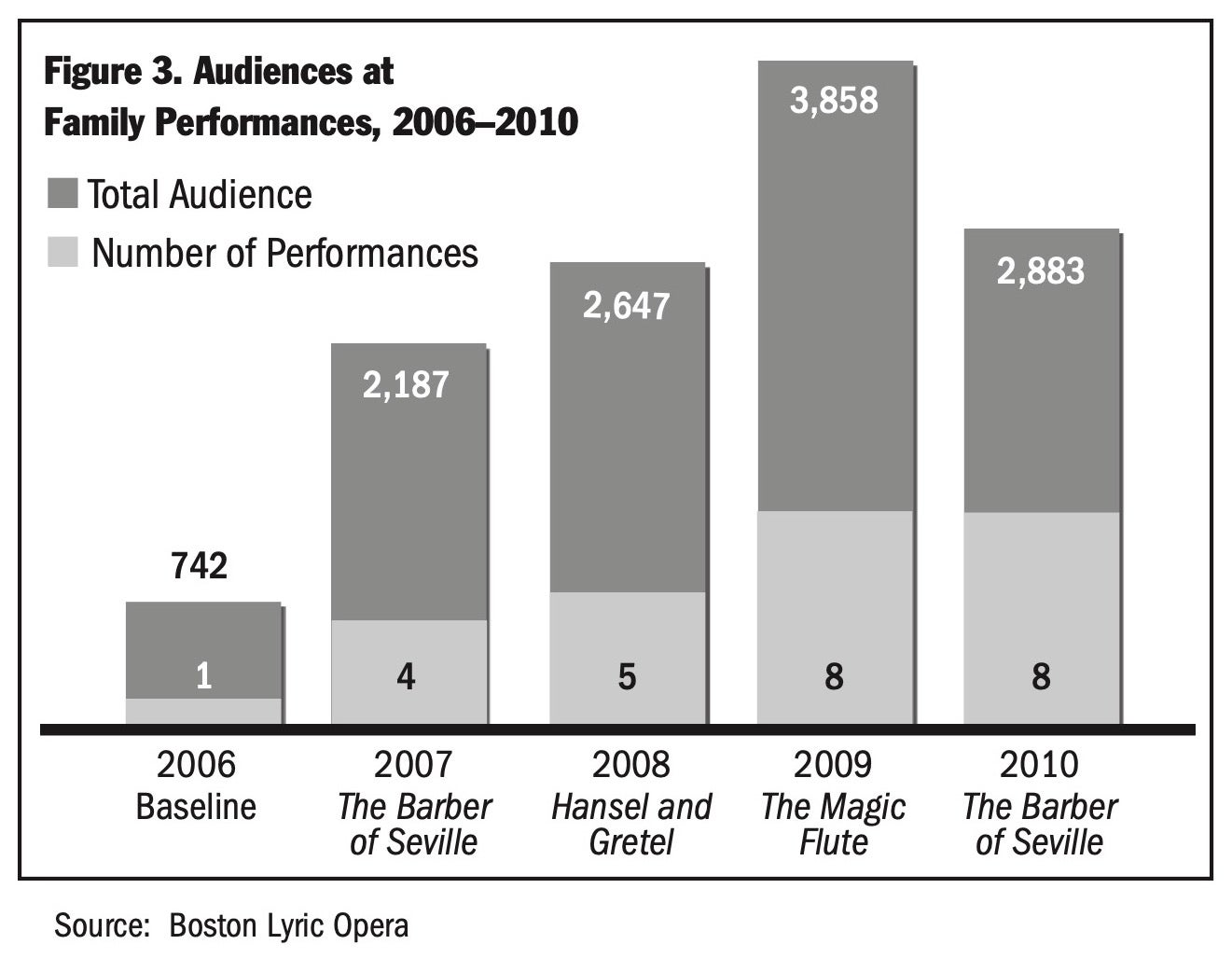
Materials & Downloads
What We Don't Know
- What was the crossover audience from the previews to the family performances?
- How could BLO have done further research into the perception of opera held by community members?
